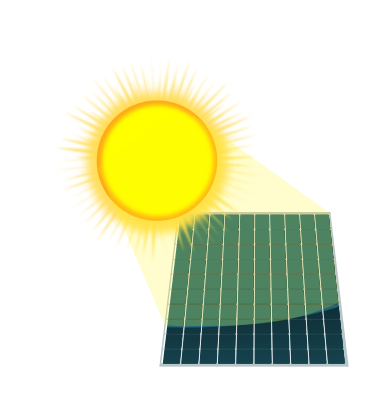A recent story by The New Yorker dove into the astonishing growth of solar energy over the past few years. Among other extensive data, the magazine notes that renewables made up 96 percent of demand for new energy throughout the globe in 2024; In the United States, 93 percent of new energy capacity came from solar and wind.
But while renewables writ large are having their day, the speed at which solar energy in particular is growing blows everything else out of the water.
For example, it’s now estimated that the world is now installing one gigawatt worth of solar energy infrastructure every 15 hours — or about the output of a new coal plant.
For some historical context, the New Yorker notes that it took 68 years since the invention of the first photovoltaic solar cell in 1954 to construct a single terawatt’s worth of solar power. It took just two years to hit the second terawatt in 2024, and the third is expected within mere months.
This explosive growth has been fueled by huge efficiency gains in solar energy output, breakthroughs in manufacturing, and streamlined installation processes. There’ve also been huge developments in panel recycling, meaning the darker side of solar energy — mineral extraction and panel fabrication — might one day be a thing of the past.


Circuits breakers are an obvious solution and there seems to be reasons why these are not implemented. I am not knowledgeable enough about the question but there seems to be a lot of counter-intuitive incentives that makes the energy market drop sub-zero occasionally. It is more of a market artifact than the absence of circuit breakers.
I have seen people in France explain that this is Germany undercutting prices to ensure France can’t have profitable private solar power companies but this sounds a bit conspiracy-theory to me, as Germany is not the only one doing it (but the biggest one in terms of volume)